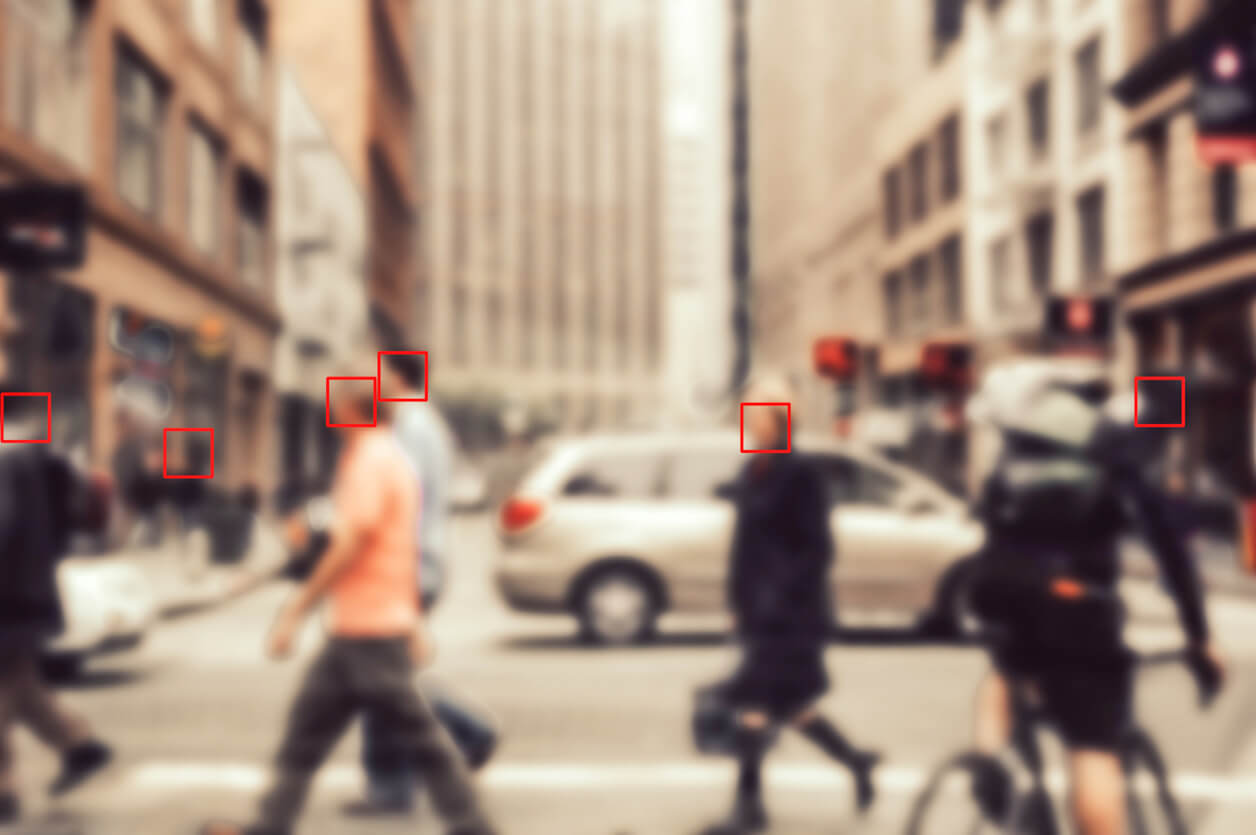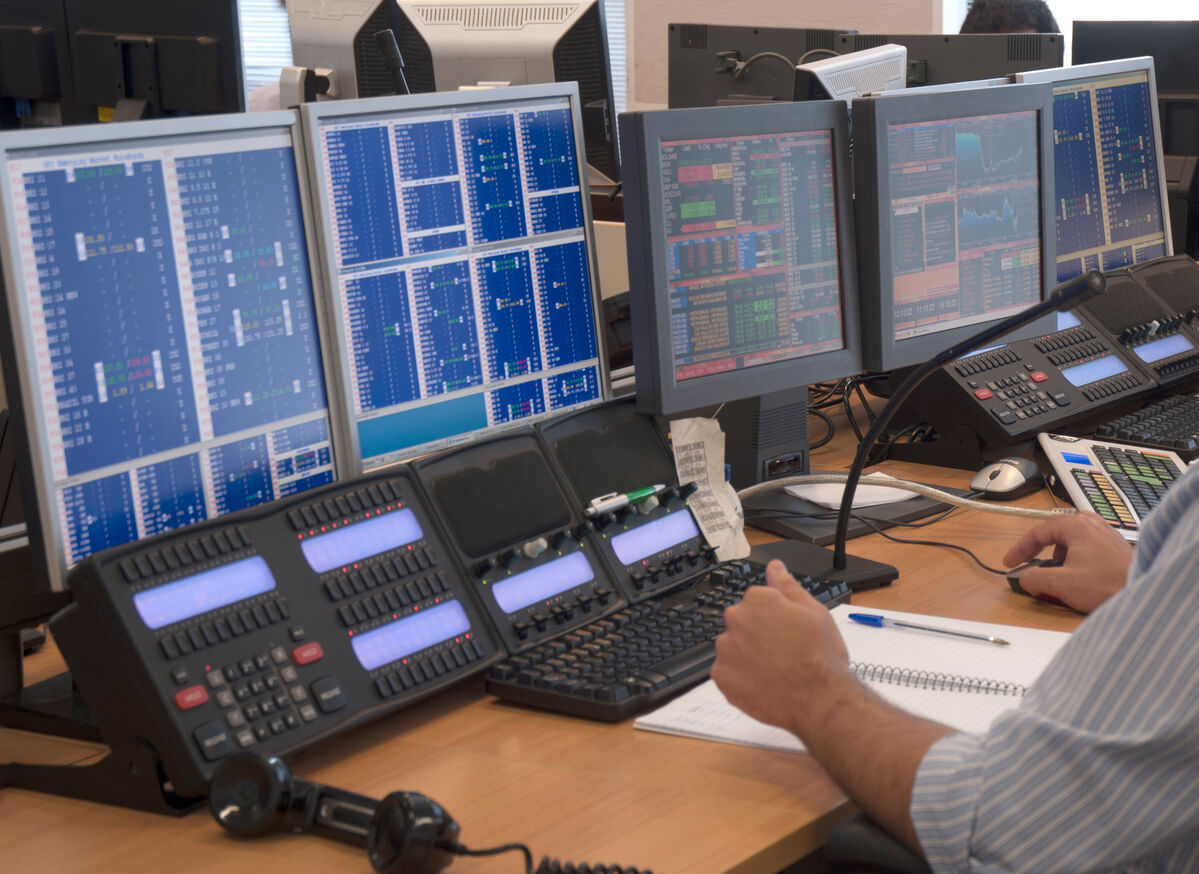
Delivering safer streets: how facial recognition can prevent crime and protect communities
Facial recognition technology can support the Safer Streets Mission by helping police forces to prevent serious harm and tackle low-level crime.
What is the Safer Streets Mission?
The government’s Safer Streets Mission aims to rebuild public confidence in the criminal justice system by reducing serious harm and creating a visible police presence. It’s a response to the fact that while crime overall has been falling, rates of knife crime and sexual assault have risen. There’s also growing concern about anti-social behaviour (ASB), with almost a quarter of people in England and Wales listing it as a ‘fairly’ or ‘very big’ problem.
As well as regular patrols and named officers for each neighbourhood, this initiative will also harness technology to reach its goals more efficiently. We think facial recognition technology in particular offers significant benefits.
How can facial recognition make our streets safer?
Facial recognition technology is in growing use, helping law enforcement agencies around the world to investigate crime and prevent harm. It can compare millions of images accurately within seconds, so that officers can identify or locate suspects in a fraction of the time.
Retrospective facial recognition systems support rapid investigations by allowing officers to check if a suspect appears in photos or footage recorded on cameras, dashcams or doorbells. This compares to live facial recognition (LFR) systems, which allow officers to compare faces captured in live footage against images held in a database of known individuals.
Mobile vs fixed infrastructure: exploring the options
In the UK, the cameras feeding LFR systems are mounted on mobile vans, for example to enhance security for major events. Officers are alerted to any potential matches and provided the data to support their decision-making processes before any action is taken.
Soon, the Metropolitan Police will trial the use of fixed cameras for LFR. They will be mounted on street furniture such as lampposts or buildings but will only operate when officers are available to monitor them. This creates significant opportunities to support the Safer Streets initiative.
How might fixed LFR cameras support Safer Streets?
We think there are four ways that fixed LFR cameras can help police forces to protect communities:
Acting as a visible deterrent
- The presence of fixed cameras may deter individuals with the potential to cause harm or commit offences from frequenting high-crime areas.
Tackling crime hotspots
- To reassure communities, LFR can help to build an intelligence picture that enables targeted action against known individuals. In 2025, its use has led to the arrest of more than 300 people in London so far.
Safeguarding vulnerable people
- By identifying convicted offenders, LFR systems can help prevent serious harm. For example, it was used recently to protect a young child found walking in a town centre with a known offender.
Improving compliance with court orders
- LFR can help to identify individuals that are breaching Anti-Social Behaviour Orders that require them to stay away from particular areas.
Ensuring equity through careful use
The deployment of LFR via fixed cameras is not without its detractors, which means transparency about its usage and a high degree of accuracy are key factors in its success.
NEC’s NeoFace algorithm, for example, is ranked first for accuracy in the US National Institute of Science and Technology’s annual ratings. It performs well regardless of ageing, angles, headwear and poor lighting. A good system will also have built-in auditing and data retention tools, so that non-matched images get deleted automatically.
By completing tasks within seconds that would otherwise take hundreds of hours, and acting as a visible signal of active policing, it’s clear that facial recognition systems can help forces to deliver safer streets efficiently.
Find out more about our facial recognition software.

